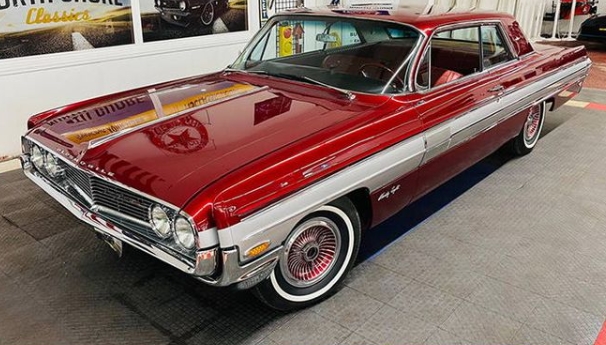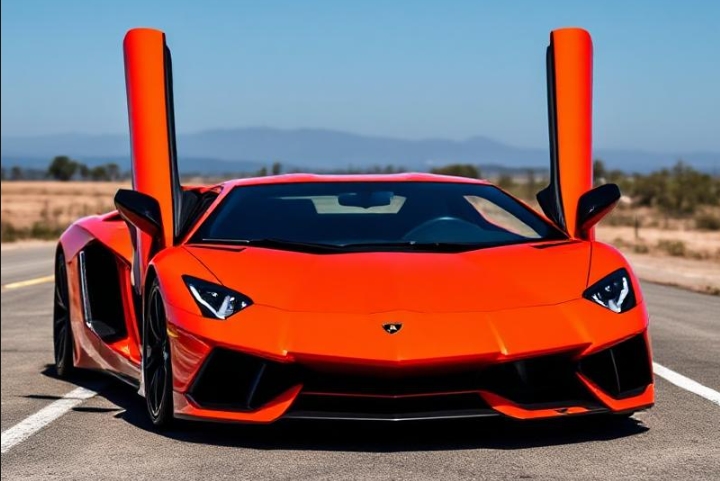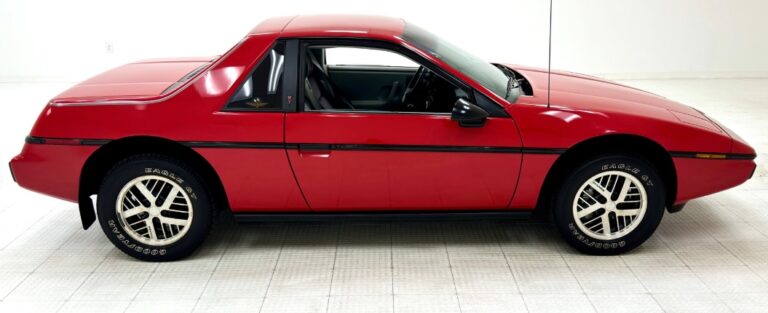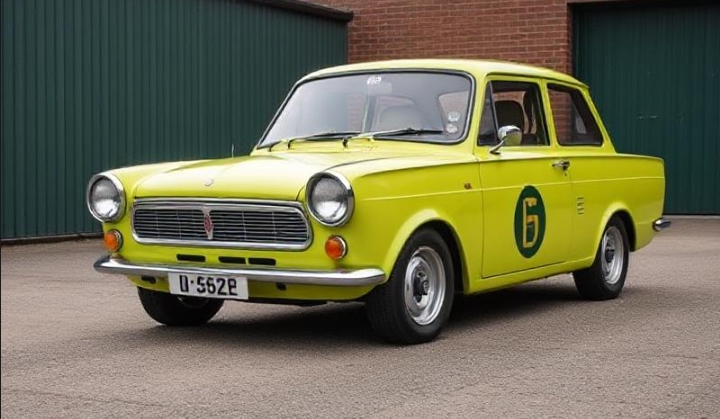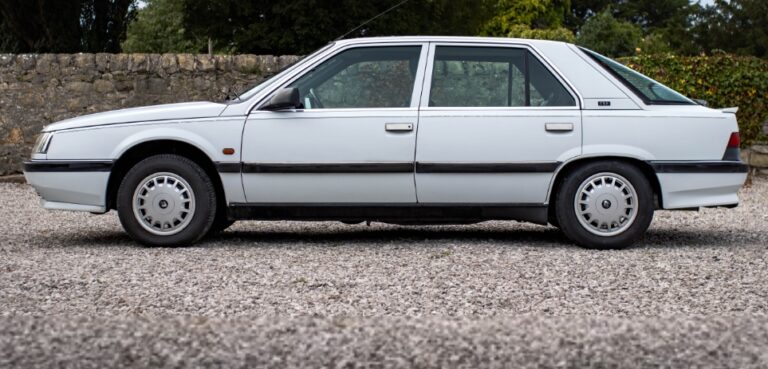The Evolution of the Oldsmobile Starfire Ninety-Eight
The Oldsmobile Starfire Ninety-Eight is a quintessential representation of American automotive history, capturing the allure and aspiration of mid-20th-century car culture. Over its production years, the Oldsmobile lineup showcased a commitment to innovation, style, and comfort. Here, we will explore the evolution of the Starfire Ninety-Eight, detailing its various models, trim levels, and lasting impact on the automotive landscape.
Origins and Production Years
The Oldsmobile Ninety-Eight was first introduced in 1940 and ran until 1996. It initially occupied the luxury space in Oldsmobile’s lineup, offering a combination of performance and elegance that appealed to upper-middle-class consumers. The Starfire trim originated in 1961, serving as a high-performance iteration of the Ninety-Eight line.
Early Years: 1940s and 1950s
The Ninety-Eight initially served as a full-size luxury sedan. The first generation started with a simple yet elegant design, focusing on comfort for the executive class. While the Starfire would not appear until later, the Ninety-Eight laid the groundwork for luxury sedans.
In the early 1950s, the Ninety-Eight began gaining traction, thanks to the introduction of new features, enhancing its reputation as a classic American luxury vehicle. However, the Starfire name was not incorporated into the Ninety-Eight until later models.
The Starfire’s First Appearance in 1961
The Starfire’s debut was as a two-door hardtop and convertible variant, found on the Oldsmobile Ninety-Eight platform. As a personal luxury car, the Starfire was designed to compete with models from other manufacturers like the Cadillac Eldorado and the Ford Thunderbird. The 1961 Starfire featured a sleek, aerodynamic design paired with powerful V8 engines, putting it at the forefront of the era’s automotive technology.
Growth and Expansion: 1962-1966
Throughout the early to mid-1960s, the Starfire gained popularity with various trim levels and body styles. It was offered with a 394-cubic inch V8 engine, providing robust performance. The 1962 model introduced new aesthetic modifications, such as revised rear ends and updated interior options, enhancing the car’s luxurious reputation.
In 1964, the Starfire transitioned to a more modern style, embodying the “Coke bottle” shape characteristic of the period, showcasing sharp lines and more dynamic proportions.
The Mid-1960s: Performance and Luxury Combined
The 1965-1966 models emphasized power and vibrant aesthetics. The introduction of a high-compression version of the 425-cubic inch V8 engine further boosted performance, making the Starfire highly competitive with other luxury coupes of its time. The engineering advancements during this period saw the implementation of features such as power windows, air conditioning, and advanced audio systems.
.
The Top 20 Cars Ever Made By Oldsmobile – Is yours on the list?
.
The 1970s: Transition and Change
As the 1970s rolled in, the automotive world experienced shifts due to rising fuel prices and changing consumer demands. The Oldsmobile Ninety-Eight entered its fifth generation in 1971. The Starfire, too, faced a restructuring, where it became less about performance and more about comfort and elegance.
In 1976, the traditional Landau roof was introduced in the Ninety-Eight Starfire, emphasizing a more sophisticated appearance. The models from this decade remained notable for their large frames and plush interiors intended to deliver a smooth ride standard to luxury sedans.
Introducing New Trim Levels
Throughout its history, the Starfire Ninety-Eight offered various trim levels:
- Base Model: Aimed at providing essential luxury features.
- Deluxe Trim: A step up with enhanced interior options and materials.
- Brougham Package: Introduced in the mid-1970s, focusing on plushness.
- Custom Cruiser: An exclusive station wagon version available in the late 1970s.
The 1980s: A Downshift in Production
The 1980s were challenging for American automakers, and the Ninety-Eight entered its sixth generation in 1985. The Starfire continued to adapt to the changing consumer tastes, favoring fuel efficiency while preserving luxury and comfort. During this time, the Starfire nameplate began to phase out and was sporadically associated with the Ninety-Eight.
In 1985, the Oldsmobile catalog showed the Ninety-Eight, which encompassed a more refined style, aligning with the consumer shift toward smaller, more economical vehicles. The introduction of front-wheel drive further showcased Oldsmobile’s adaptability.
The Final Years and Discontinuation
The 1990s marked the end of an era for the Oldsmobile Ninety-Eight and the Starfire name. By 1996, the Ninety-Eight was discontinued, leaving behind a legacy as a cornerstone of the Oldsmobile brand. The final models maintained the hallmark luxury and smooth ride that had characterized the series, but changing consumer preferences towards SUVs and smaller vehicles made full-size sedans less marketable.
Despite its end, the Starfire Ninety-Eight’s impact on automotive design and luxury standardization remains evident. The evolution from a high-performance luxury coupe to a plush, more comfort-oriented sedan mirrored the industry’s larger trends.
Legacy and Cultural Impact
Though no longer in production, the Oldsmobile Starfire Ninety-Eight has experienced a resurgence among classic car enthusiasts. Its unique combination of power, luxury, and design elegance represents a bygone era of street cruising and family road trips, celebrated in car shows and collectible showcases.
Collectors appreciate the older models for their classic engines and intricate designs, while modern restorers enjoy the challenge of maintaining such a historically significant vehicle.
Conclusion
The Oldsmobile Starfire Ninety-Eight stands as a testament to the evolution of American luxury vehicles. Through each shifting consumer demand, performance enhancement, and design overhaul, the Ninety-Eight and its Starfire trim carved out a significant place in automotive history. As it transitioned from the powerful vanguard of the early 1960s to the plush sedans of the late ’90s, the legacy of the Oldsmobile brand endures, reflecting the aspirations and innovations that defined an era in automotive history.
